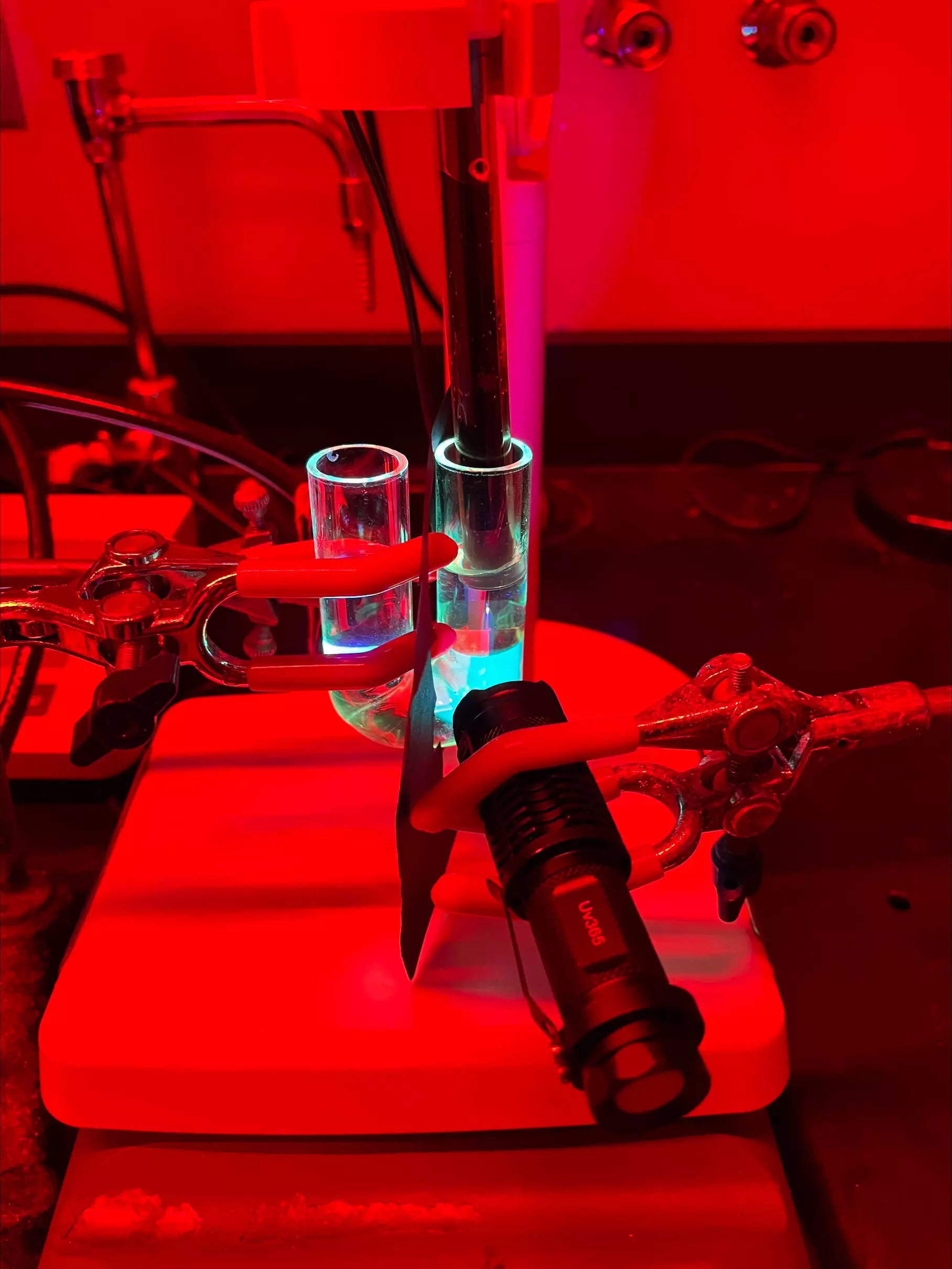Water pollution continues to pose a significant global threat, impacting ecosystems and human health alike. Recent advancements in water purification technology signal new hope in tackling this challenge. Researchers at Dartmouth College have unveiled a groundbreaking self-powered pump that harnesses natural light and tailored chemistry to effectively target and eliminate specific water pollutants. This innovative approach, documented in the esteemed journal Science, could revolutionize environmental cleanup and promote sustainability.
At the heart of this development lies a sophisticated mechanism that activates synthetic molecular receptors. As water enters the pump, it is exposed to a specific wavelength of light which engages the molecular receptors engineered to bond with negatively charged ions, known as anions. This class of pollutants, including chloride and bromide, is particularly concerning due to its association with metabolic disturbances in both flora and fauna. Upon the water’s exit from the pump, a different wavelength of light effectively disengages the receptors from the contaminants, allowing them to be trapped within a non-reactive substrate for safe disposal.
Ivan Aprahamian, a leading professor in the Department of Chemistry at Dartmouth, emphasizes that this work represents a critical proof of concept. The findings indicate the potential to convert light energy into chemical processes capable of removing harmful contaminants from waste sources. Importantly, while the pump has demonstrated efficacy with chloride and bromide, efforts are underway to expand its capabilities to address a broader spectrum of anion-rich pollutants. Such pollutants include highly segregated agricultural runoff constituents, radioactive waste, and other harmful substances plaguing aquatic ecosystems.
The pump’s capability to selectively target various pollutants sets it apart from traditional filtration methods. Aprahamian envisions a future where multiple receptors can coexist within the same water solution, each activated by distinct light wavelengths to isolate and collect harmful anions effectively. The innovative mechanism engineered by the Dartmouth team allows for a controlled movement of these ions, showcasing the pump’s versatility and efficiency in environmental remediation.
To highlight the pump’s performance, researchers reported its ability to shift 8% of chloride ions from a lower concentration solution to one of higher concentration over a 12-hour duration. This remarkable feat occurs within a U-shaped tube embedded with the synthetic receptors, demonstrating the technology’s powerful directionality. The significance of chloride ions cannot be overstated; elevated levels pose risks to aquatic life, while their transport is vital for cellular processes. Diseases such as cystic fibrosis exemplify the dire consequences of disrupted chloride transport mechanisms, underscoring the relevance of the research.
Central to the pump’s design are synthetic compounds known as hydrazones, which function as molecular switches, toggling their states in response to light. The idea originated during the pandemic when Ph.D. student Baihao Shao proposed enhancing these hydrazones to simultaneously capture and discard targeted anions. Despite initial skepticism from Aprahamian regarding the competitive nature of the concept, Shao’s unwavering determination resulted in the realization of this innovative receptor system.
The promising aspect of this synthetic receptor is its reliance on a renewable energy source—light—combined with its straightforward creation and adaptability. Researchers utilized “click chemistry,” a Nobel Prize-winning technique, to assemble the receptors in a highly efficient manner. This connection to Nobel Prize recipients illustrates the ongoing relevance of Dartmouth’s research legacy and the pursuit of breakthroughs in chemistry and environmental science.
Dartmouth’s work contributes to a growing body of research aiming to replicate the intricate functions of molecular machines found in nature. These biological workhorses, powered by ATP in animals or solar energy in plants, execute critical tasks at the microscopic level. Nonetheless, establishing equivalent synthetic systems to perform such functions has proven challenging.
Aprahamian’s vision for this technology extends beyond mere water purification; it represents a foundational step toward developing autonomous, self-sustaining filtration systems that can address environmental pollution effectively and sustainably. As researchers continue to explore the potential applications of these molecular machines, the integration of artificial intelligence and advanced materials may further enhance their capabilities in environmental cleanup, drug delivery, and medical innovations.
The Dartmouth team’s pioneering self-powered pump not only showcases the promising intersection of chemistry and sustainable technology, but also sets the stage for a future where water purification is efficient, targeted, and environmentally friendly. Harnessing the power of light to combat pollution may prove paramount in ensuring the health of our ecosystems and safeguarding water resources for generations to come. The implications of this research extend far and wide, promising a cleaner, more sustainable world as we strive to address the urgent need for innovative environmental solutions.

